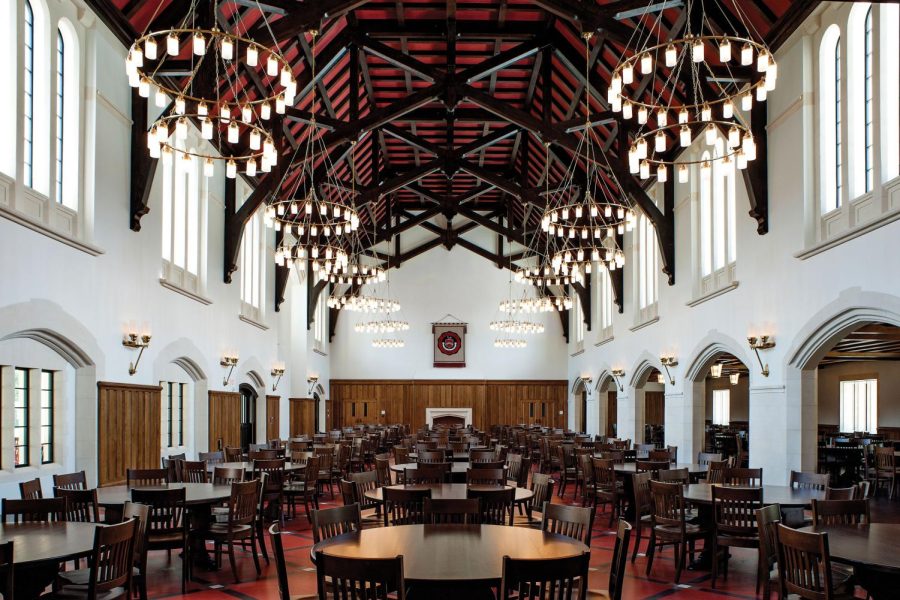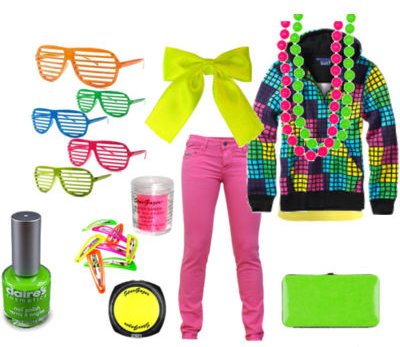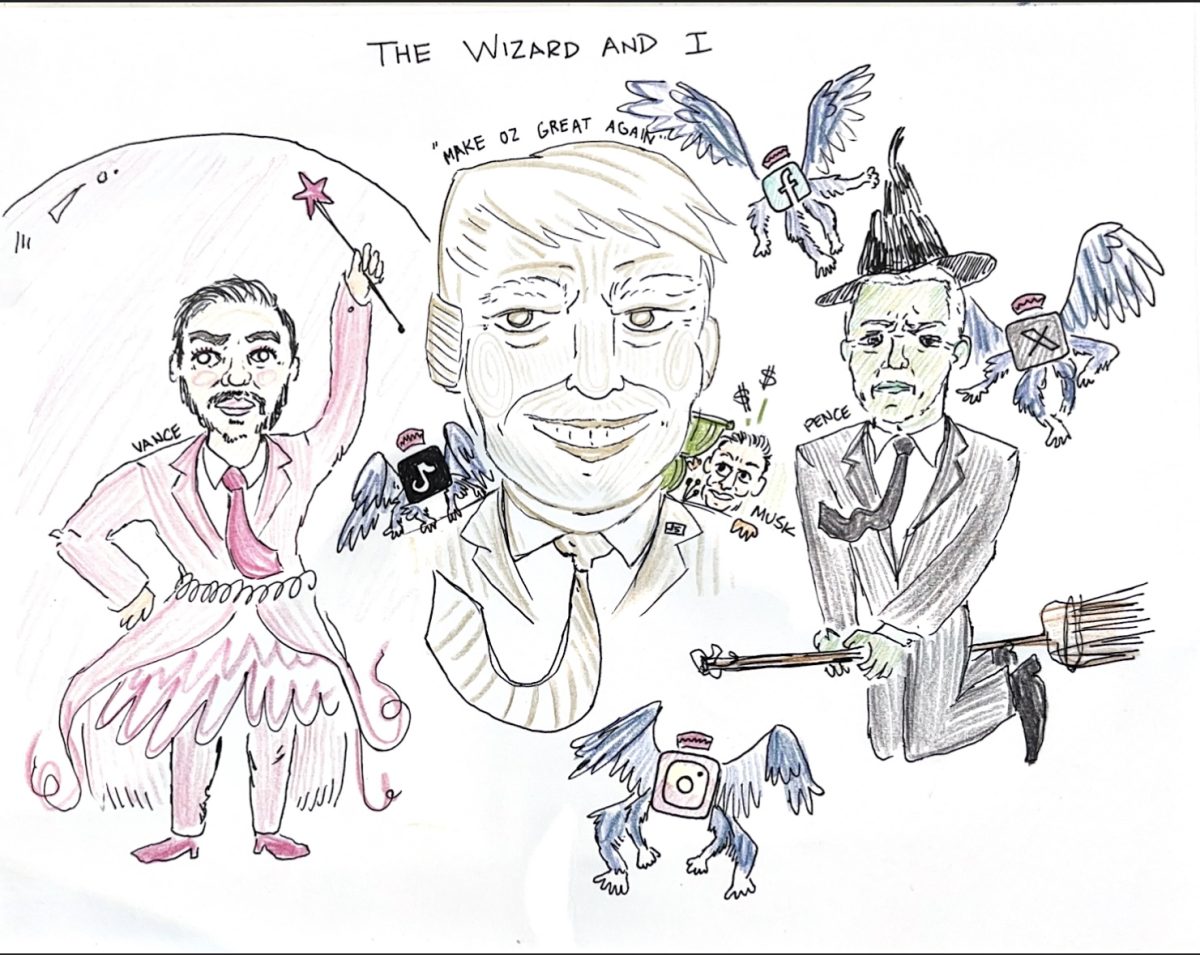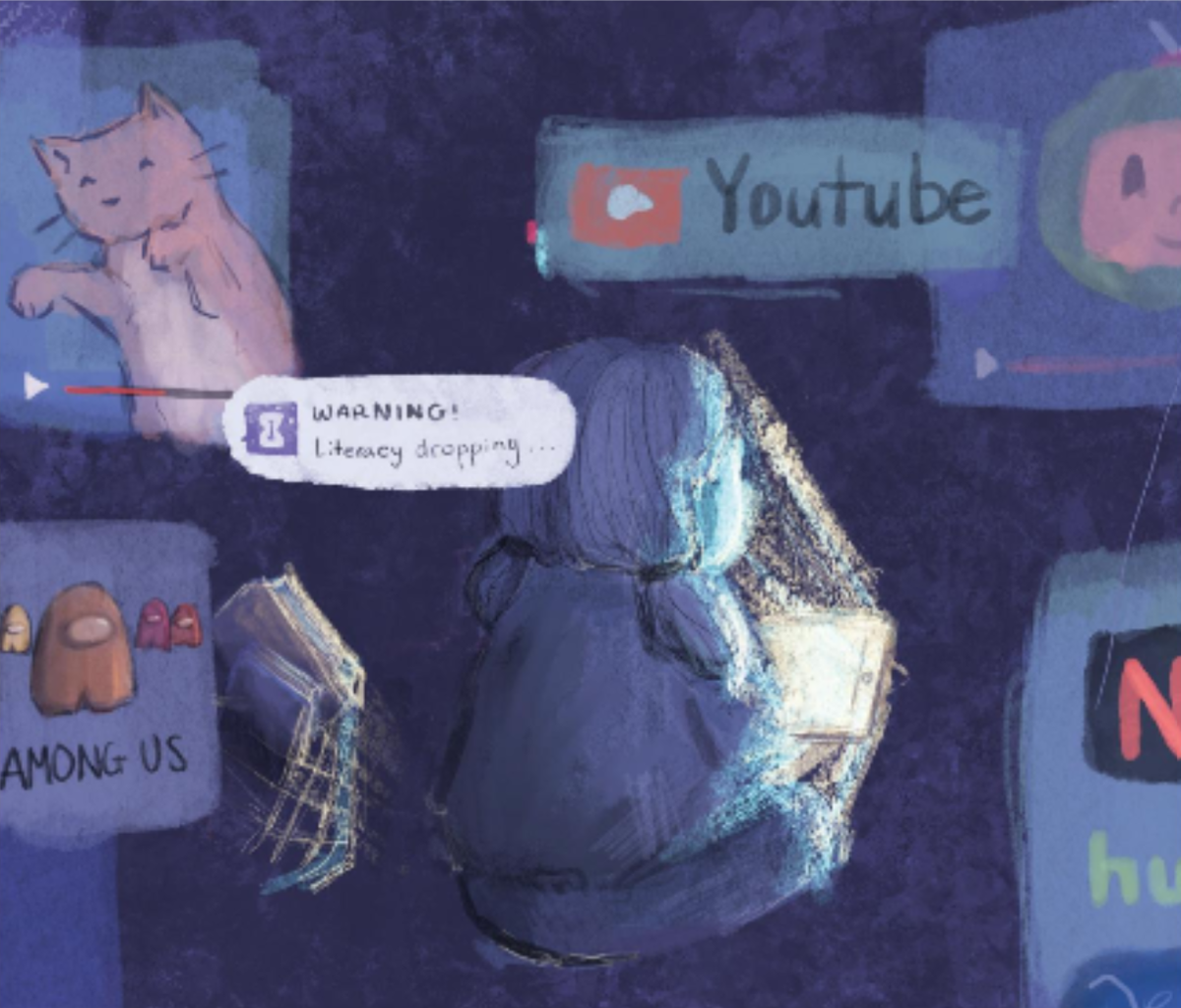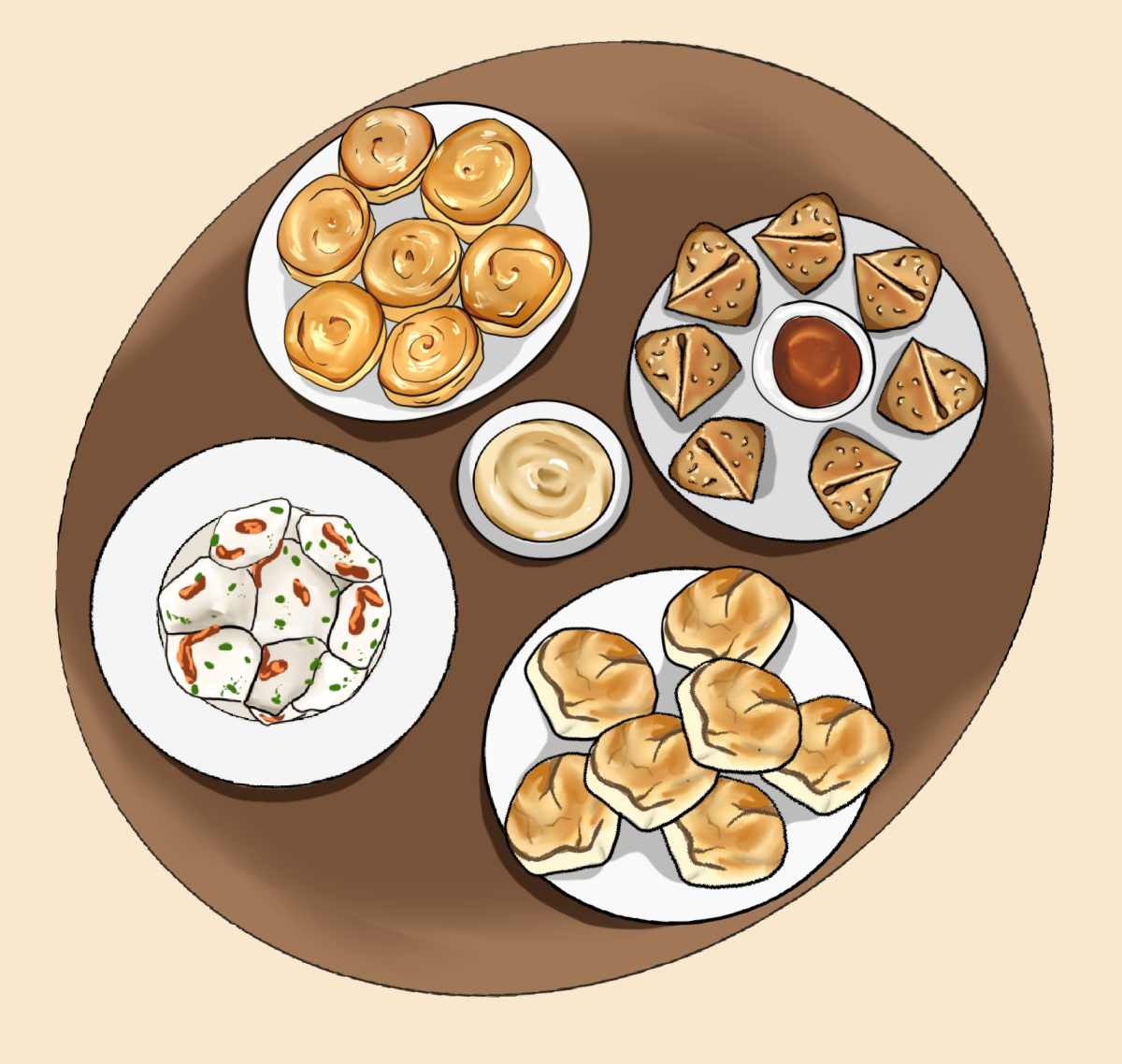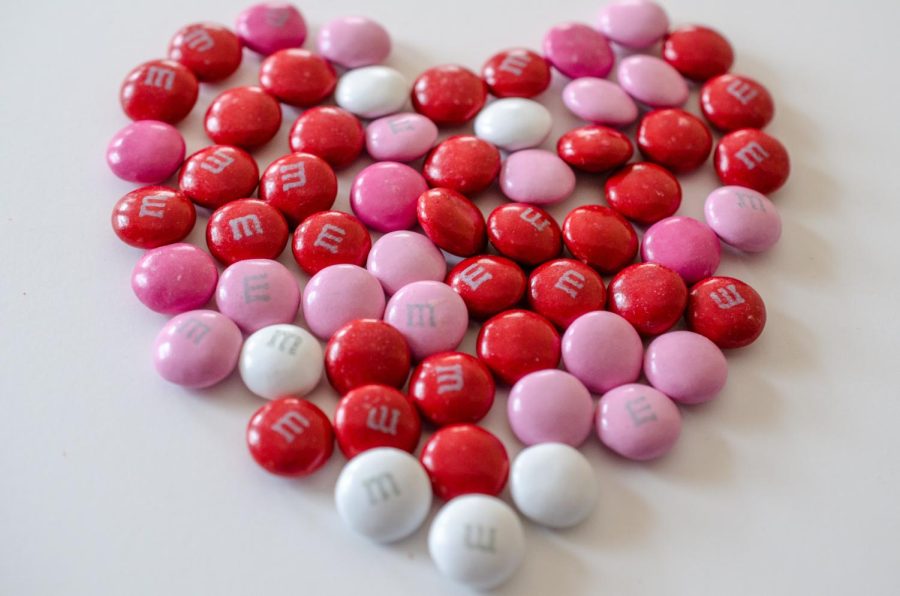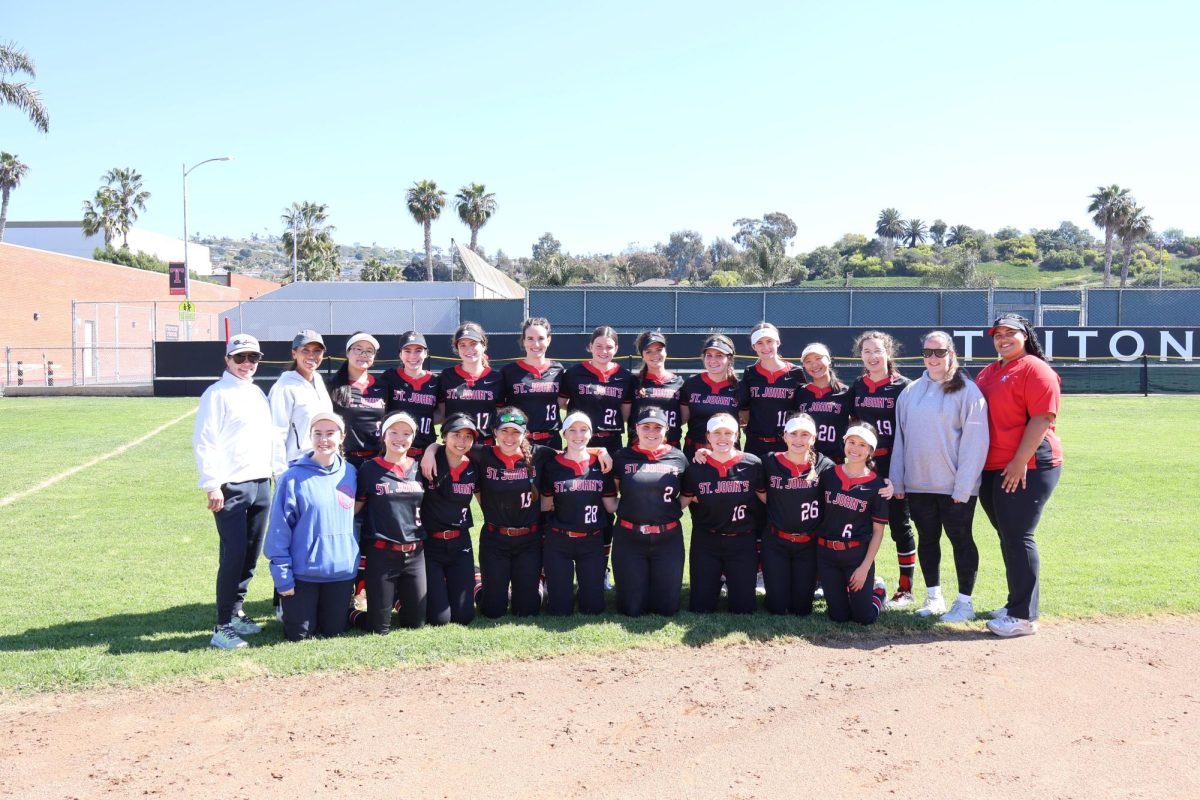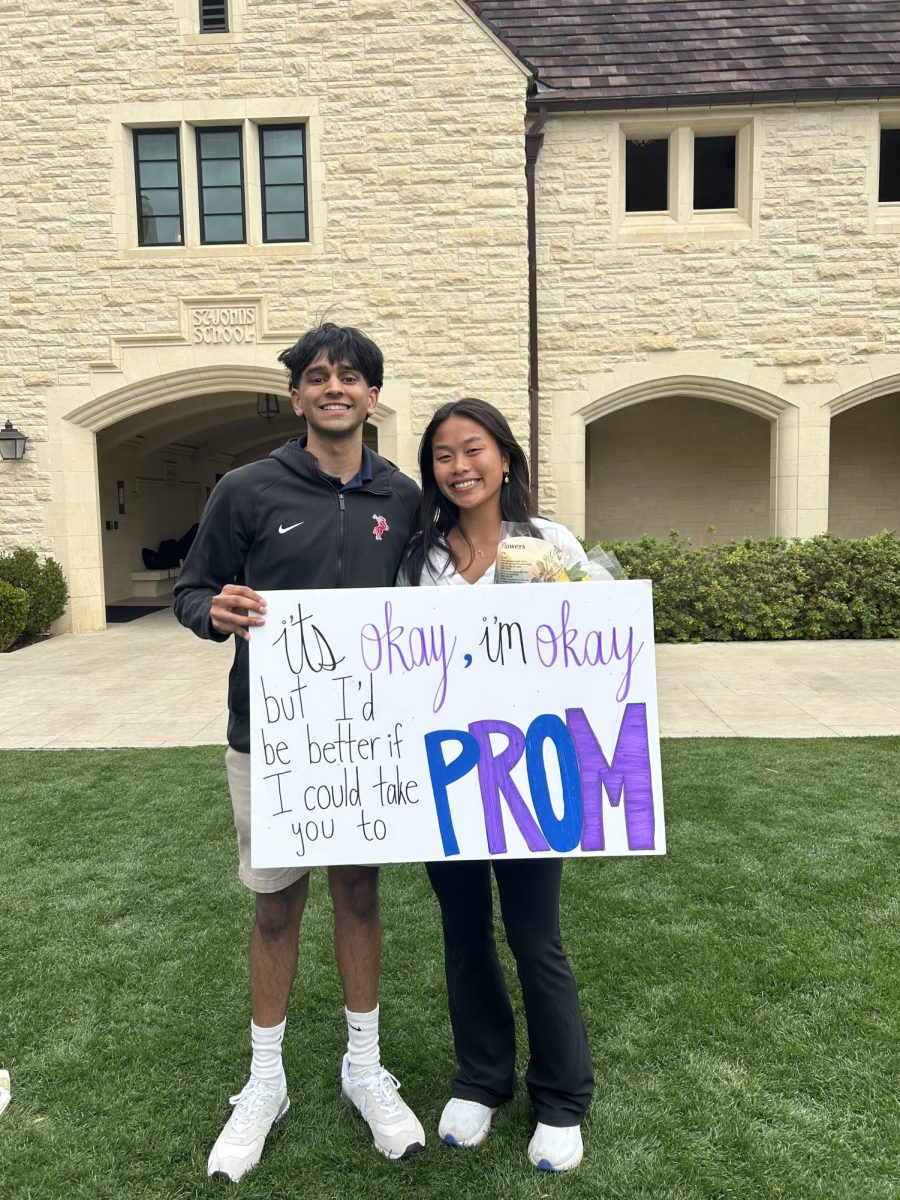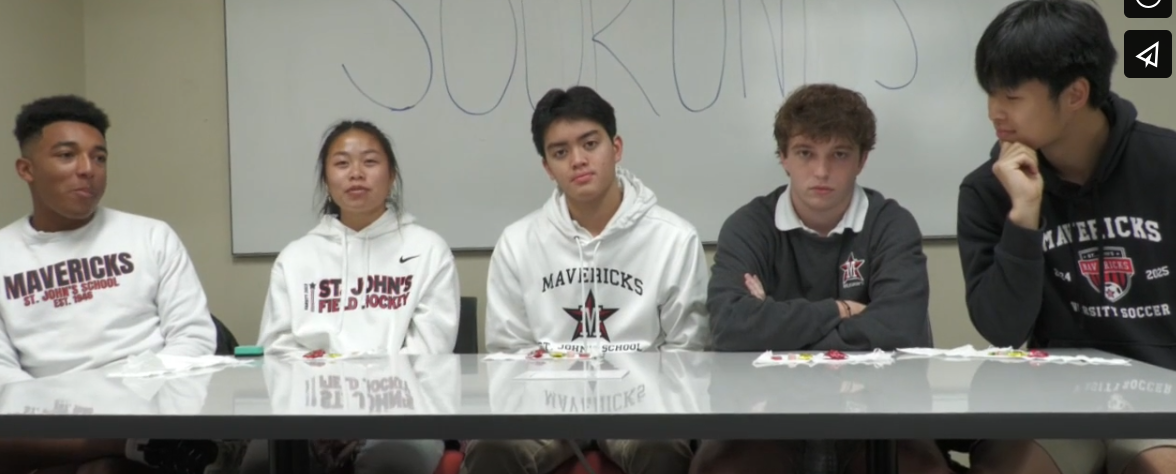The older I get, the less I watch animated movies.
This is partly because I’m growing up, and most animated movies are for little children, but it’s more than that— it’s because everything showing now consists of repackaged plots and characters.
Animated movies nowadays are just filler for two hours of my time. Because of this, I believe big animation studios are running out of ideas, and we should focus on supporting smaller animation studios.
Take Disney’s 2023 animated feature film "Wish:" A box office disappointment and creation shunned by the internet. I even decided to watch it myself, just to see if the internet had overreacted. There are people out there who love Wish, sure, but the majority felt disappointed. Grossing only about $82.4 million worldwide during the first four months it was out, "Wish" is close to the bottom for Disney, only beating box office flops like 2022’s "Strange World." The plot, songs and even the animation itself disappointed the public.
Viewers and Disney fans have also complained about the characters, because it seems that Disney has reused the same personality for their female characters. They are all quirky, clumsy, energetic and relatable. Also, even though it’s not a trait, romance has been noticeably absent in recent Disney movies. Villains are also becoming less appealing, with the introduction of “twist villains,” a person that viewers are supposed to think is good at the start, but turns out to be evil. Twist villains were featured in "Frozen," "Zootopia," and even "Wish." This trope is becoming less entertaining, and Disney should take a break from only showing one kind of evil in their movies.
Lately, there have been no animated movies that deviate from this predetermined equation. Not only that, there are so many sequels that anger Disney enthusiasts more and more. "Inside Out 2," "Kung Fu Panda 4" (actually DreamWorks, but same idea), and "Toy Story 5" have been approved. If that doesn’t show the lack of new, good ideas in the animation industry, I don’t know what does.
But all hope is not lost for the animation industry. On platforms like YouTube, a new genre called Indie Animation is taking the world by storm. Since these smaller companies have no preexisting tropes, they have no brand that their content needs to fit, unlike bigger companies that cancel shows and movies if they don’t fit the desired algorithm. For example, a fan favorite Disney show "The Owl House" was canceled because, according to creator Dana Terrace in Vanity Fair, the show didn’t fit Disney’s brand.
Take, for example, the pilot episode of "The Amazing Digital Circus," a show made by Glitch Productions, and one of the most watched indie animation debuts ever. While it has only made $35.4 million in five months, that’s a lot considering it’s on YouTube, where, according to a makeuseof.com article by Amir Bohlooli, one view equals about 12 cents. An average movie ticket costs around $20.
These new YouTube shows make bigger companies realize that not every animated project has to be for kids, unlike more mainstream movies and TV shows, which are made generally for kids, not teens or adults. These indie animated shows are for people who are tired of the same plots, same animation style and same characters made by bigger studios. Indie animation deviates from the standard ways. Smaller companies are the future of animation and should be supported.
Find small animation companies on social media and support them in any way possible. Find animation that you truly love. Find stories that you truly love. This means smashing that like button, subscribing or just taking the time to watch the art made by the people who want to show you something totally new and different. The people who support these small companies are the viewers themselves, so try to help free the future of animation from the corporate world.



